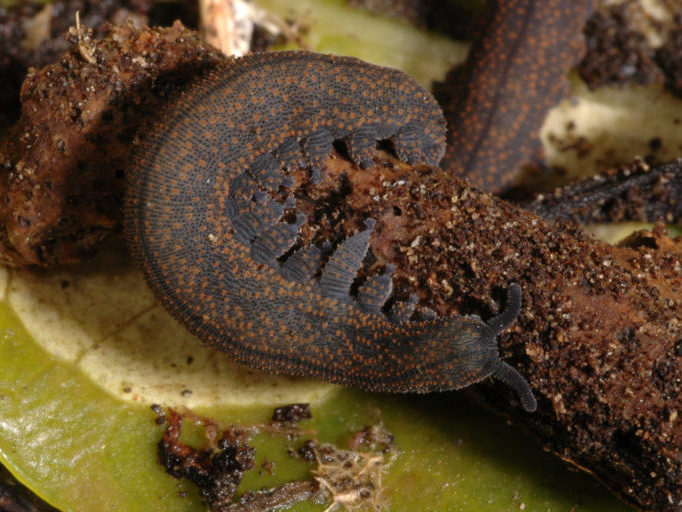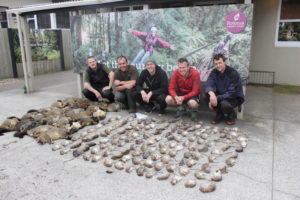From the ziplines and swing bridges built high in the canopy of Rotorua’s Mamaku Forest there’s a phenomenal view of what a New Zealand forest looks like when it’s not full of possums and rats. There’s an abundance of green palatable species now that the hordes of grazers are gone.
Gary Coker, conservation manager for Canopy Tours and a qualified arborist, has been amazed at the speed of recovery since the eco-tour company began trapping in 2013. He reckons few New Zealanders realise what a healthy native forest actually looks – and sounds – like.

Mamaku Forest is noticeably louder now and last fruiting season the tawa seed was thick on the ground. It means there’s more food around for native birds and Gary says that wood pigeon numbers in the forest are incredible. There are tomtits, tui, bellbirds, whiteheads, fantails and kaka too and rare North Island robins will sometimes eat from your hand.

It’s not just the native birds that are thriving. With rat and possum numbers drastically reduced, native invertebrates are reclaiming the forest floor. Flatworms used to be a favourite food for rats, but now they’re everywhere. Wetas of all shapes, sizes and species are common too and if you know where to look there are even peripatus or ‘velvet worms’ – strange caterpillar-like carnivorous creatures that are one of evolution’s ancient ‘missing links’. Gary once found one that was 83mm long!
Mamaku Forest is Department of Conservation land and Canopy Tours holds a concession to operate their adventure eco-tour company in the forest. The company has been built on conservation values and has worked closely with DOC from day 1. A percentage of all admission fees are used to fund the trapping programme and initially traplines were laid over 50 ha of the forest. On the very first night of trapping, the single-kill traps caught 169 rats and 45 possums. All monitoring of the traplines is done by Canopy Tours staff and an added bonus is that it helps provide work for guides during the tourist off-season.
Maintaining the single-kill traps is back-breaking work and in October 2015, 450 Good Nature self-resetting traps were laid over 100 ha of forest, meaning 20% of Mamaku Forest is now managed for predators. The eventual aim is to take that figure to 100%. Having resetting traps reduces labour costs in checking traps. Nevertheless, Gary estimates it cost the company $100,000 to trap 100ha.
There was no pre-baiting of the self-resetting traps to entice predators to them. The new traps were live working from when they were first laid. On the first night 145 rats and around 30 possums were caught. With those predator numbers, it’s no wonder that the trapping programme is making a visible difference to Mamaku’s canopy and to the native wildlife that live there.
Elsewhere, in a typical New Zealand forest, it is estimated that less than 5% of native birds survive to adulthood. Nationally, around 25 million native birds are probably killed each year. But at Mamaku, visitors can explore the forest canopy for a birds-eye view of what a New Zealand forest ought to be like. There are viewing platforms built up to 22m high in the trees, connected by swing bridges draped across the forest and ziplines that allow you to fly like a bird between the trees. The longest – the Tui Song zipline – is 220m (720ft) long. It makes for an amazing forest experience.

